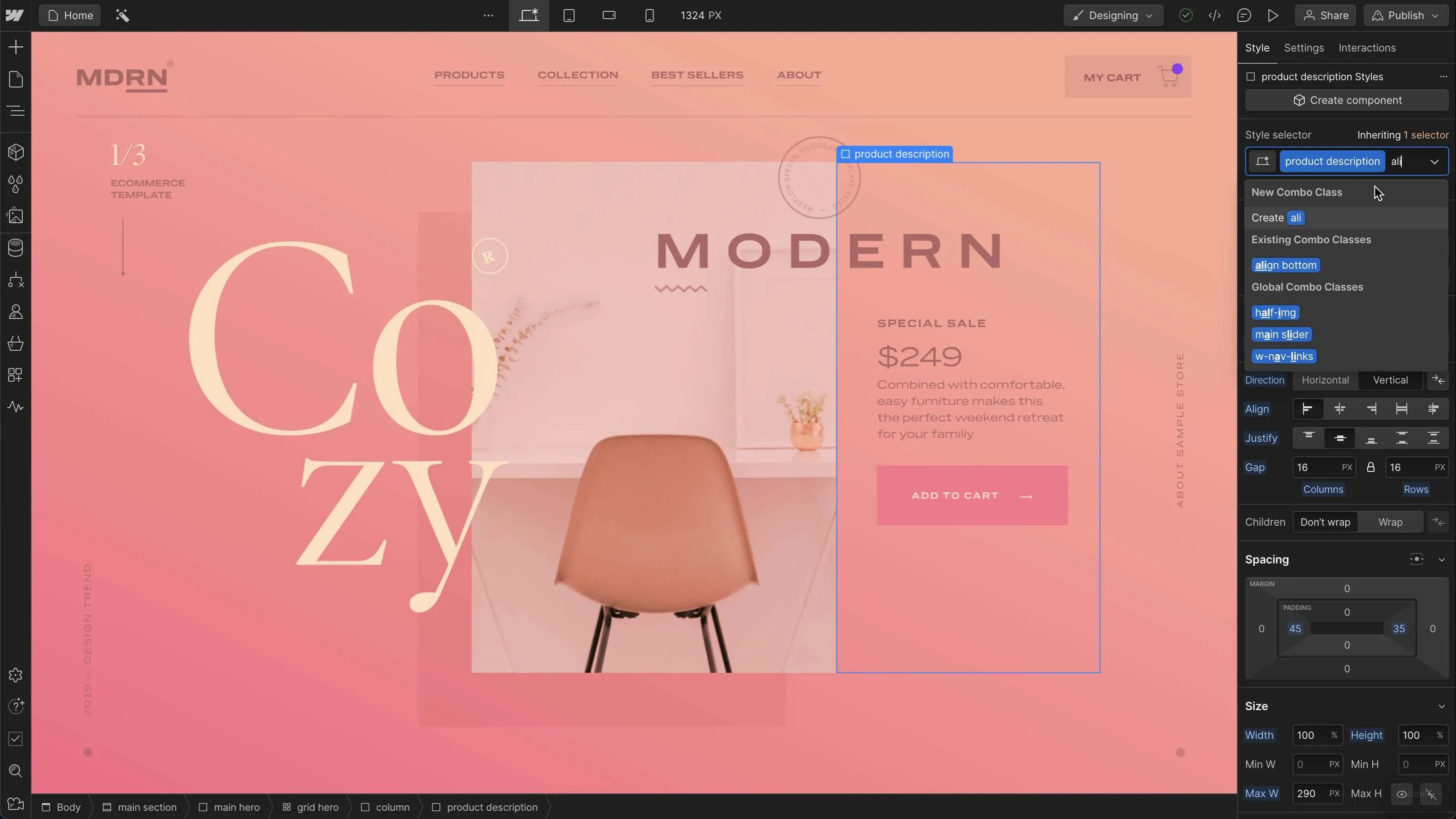A Comprehensive Overview to Crafting Visually Appealing and Functionally Robust Website Design Solutions
In the ever-evolving landscape of web layout, the equilibrium in between visual appeal and useful honesty stays critical. A thorough comprehension of foundational layout principles, along with an eager concentrate on customer experience, can substantially enhance the efficiency of internet solutions. By leveraging components such as color concept and responsive formats, designers are geared up to produce not only cosmetically pleasing user interfaces yet likewise ones that foster customer involvement. Nevertheless, the journey from principle to implementation involves extra layers of complexity that benefit expedition, specifically in the realms of screening and optimization. What techniques can be employed to attain this fragile balance?
Recognizing Style Concepts
Comprehending design concepts is essential to producing effective internet remedies that engage customers and communicate messages clearly. These concepts work as the structure for any effective style task, directing the visual and practical aspects of a site. Trick design concepts consist of balance, contrast, placement, repetition, and distance, each playing an essential role in establishing a cohesive and cosmetically pleasing design.
Comparison improves readability and draws interest to vital functions, permitting individuals to browse the web content effortlessly. Rep reinforces a regular visual language, enhancing brand name identity and enhancing individual experience with the interface.
Importance of Individual Experience
User experience (UX) is essential in website design, as it straight influences just how site visitors connect with a website and regard its value. A properly designed internet site not only draws in users yet also keeps them engaged, inevitably bring about greater conversion rates and customer complete satisfaction. UX incorporates different components, including usability, access, and the general aesthetic allure of the site.

Additionally, favorable user experiences foster brand commitment and encourage repeat visits. Eventually, prioritizing user experience in web design is vital for producing useful, interesting, and effective websites that fulfill the demands of modern-day users.
Color Concept in Website Design
Shade concept plays an essential role in website design, influencing not just the aesthetic appeal of a site but likewise the emotional reactions of its individuals. Understanding color dynamics is essential for creating a reliable individual experience. Colors can stimulate details feelings; as an example, blue commonly communicates depend on and professionalism and trust, while red can instill excitement or necessity.
When choosing a color palette, developers must take into consideration consistency and contrast. Corresponding colors can produce vibrancy, while official source similar shades offer a more calm feel. Making use of devices like shade wheels can aid in recognizing effective shade mixes. In addition, accessibility has to be focused on; making certain adequate contrast in between text and history shades is vital for readability.
Furthermore, social context plays a significant duty in shade interpretation. For example, while white signifies pureness in Western cultures, it may stand for grieving in some Eastern cultures - web design. Consequently, a thorough understanding of the audience is crucial when applying color theory.
Incorporating shade psychology right into internet design not just boosts aesthetic appeal yet additionally affects user behavior, assisting them toward desired actions. Eventually, a well-balanced shade strategy can significantly raise the general effect of a website.
Receptive and Flexible Designs
Along with color theory, the framework and design of a website dramatically influence user experience and engagement. web design. Receptive and flexible layouts are important strategies for making sure that websites function effectively across a plethora of tools and screen dimensions
Responsive design employs liquid grids and versatile images, permitting the design to readjust perfectly according to the viewport dimensions. This strategy makes sure a constant individual experience, as material reflows and resizes, keeping access whether seen on a smartphone, tablet computer, or desktop. Media inquiries play an important function in receptive style by using various styles based on the device's features.

Both approaches aim to improve user experience by focusing on usability and availability. Selecting between responsive and flexible designs mostly depends on task demands, target market, and preferred user interactions, inevitably adding to the performance of internet style remedies.
Testing and Optimization Strategies
Checking and optimization techniques are critical parts of efficient internet layout, making certain that sites not only satisfy individual expectations but likewise execute effectively across various platforms. These approaches incorporate a range of techniques focused on evaluating use, functionality, and total performance.
A/B testing is see this page a foundational helpful hints technique, enabling designers to contrast 2 versions of a web page to determine which does much better in regards to customer interaction and conversion rates. Individual screening is just as vital; it involves collecting feedback from genuine customers to identify discomfort points and areas for improvement. This qualitative data can guide style changes that boost customer experience.
Additionally, efficiency optimization methods such as image compression, code minification, and leveraging browser caching can significantly improve lots times and responsiveness. Tools like Google PageSpeed Insights and GTmetrix provide useful metrics for assessing website efficiency, allowing designers to make data-driven decisions.
Conclusion
Finally, the combination of fundamental style principles, user-centered techniques, and strenuous testing techniques is vital for developing reliable web style remedies. By focusing on equilibrium, comparison, placement, and shade theory, developers can improve aesthetic appeal while making certain performance. Responsive designs add to a smooth individual experience throughout devices, further advertising involvement. Ultimately, the application of these approaches not only boosts customer satisfaction but likewise drives conversion rates, strengthening the significance of a detailed layout structure.